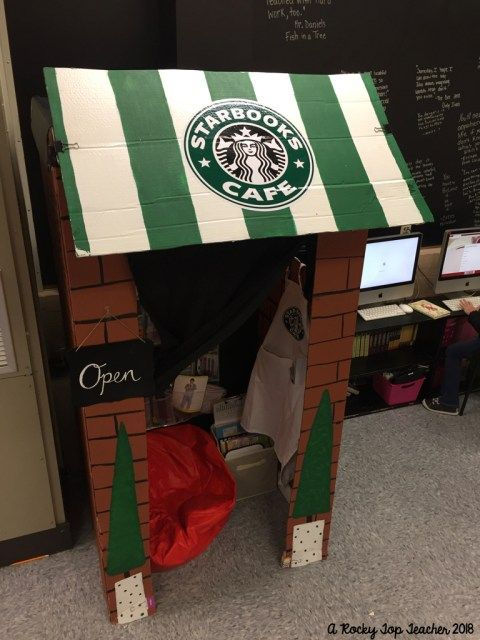7 Reading Strategies for the Reluctant, K - 5th Grade
- Terrance Mack, M.A.

- Jul 14, 2023
- 3 min read

Young children want to play and have fun. Reading can be apart of that fun. Also, they want to discover new things, and they can find that joy in the literature they are reading. Reading is an essential life skill, and it is fundamental to academic success as well. However, some children find it difficult to develop a passion for reading. Reluctant readers are those who do not enjoy reading and may view it as a chore rather than a leisure activity.
As an educator or a parent, if you have a child who is a reluctant reader, you may be wondering about the best strategies to implement to get them excited about reading. In this article, we will be discussing reading strategies for reluctant readers from kindergarten to fifth grade.
Be the Book
Kindergarten and first-grade students love to read kinesthetically and visually. Use hand gestures, animated expressions and even voice changes when referring to different characters. games and play. Bring the story to life for the student and don’t be afraid to look and sound goofy. Another example is encourage them to dress up like their favorite book characters, or you can let them read to a stuffed animal or a pet. In this way, they will see reading as an exciting activity.
Acknowledge Their Effort
It is essential to acknowledge a child's reading effort and progress, even if they are struggling. Celebrate small victories together by praising them or giving them a sticker or a small token of appreciation. This will motivate them to keep on reading, even if it is difficult.
Let Them Choose
Children are more likely to enjoy reading when reading materials resonate with their interests. Therefore, you can let the child choose their reading book or topic. If they enjoy history, then let them read a non-fiction book on a historical figure.
Reading Together
Make sure that you set aside time to read together with your child student. Read aloud to them or let them read to you. This not only provides an opportunity for bonding, but it also helps reluctant readers develop their reading skills and work through the difficult words they might stumble upon.
Children’s Audio Books and E-books
Audio books and e-books are excellent resources for reluctant readers. Audio books provide a new perspective on reading, and e-books provide interactive features that keep the child engaged.
Model Reading
Children are influenced by the behavior of adults. Therefore, if adults show how much they enjoy reading, the child is more likely to develop a love for it too. Model reading by reading in their presence, talking about books, and taking them to the library.
Create a Reading Environment
Create an environment that encourages reading. A comfortable chair or a reading nook or a bean bag can all help your child enjoy reading. You can also set aside specific times for reading in your schedule to make it a habit.
In conclusion, helping a reluctant reader can be challenging, but by using the above reading strategies for kindergarten to fifth grade, you can help them develop a love for reading. Remember, reading is not just about academic success; it is also about fostering a lifelong habit of learning and discovery.
Try some of these strategies out and let us know in the comments how it worked or didn’t work. We respond back here at Lit Dive! Also, if you are looking for FREE graphic organizers to help your reluctant readers follow along with a work of fiction, visit our store at Lit Dive Learning Resources for Reading and Writing.



Comments